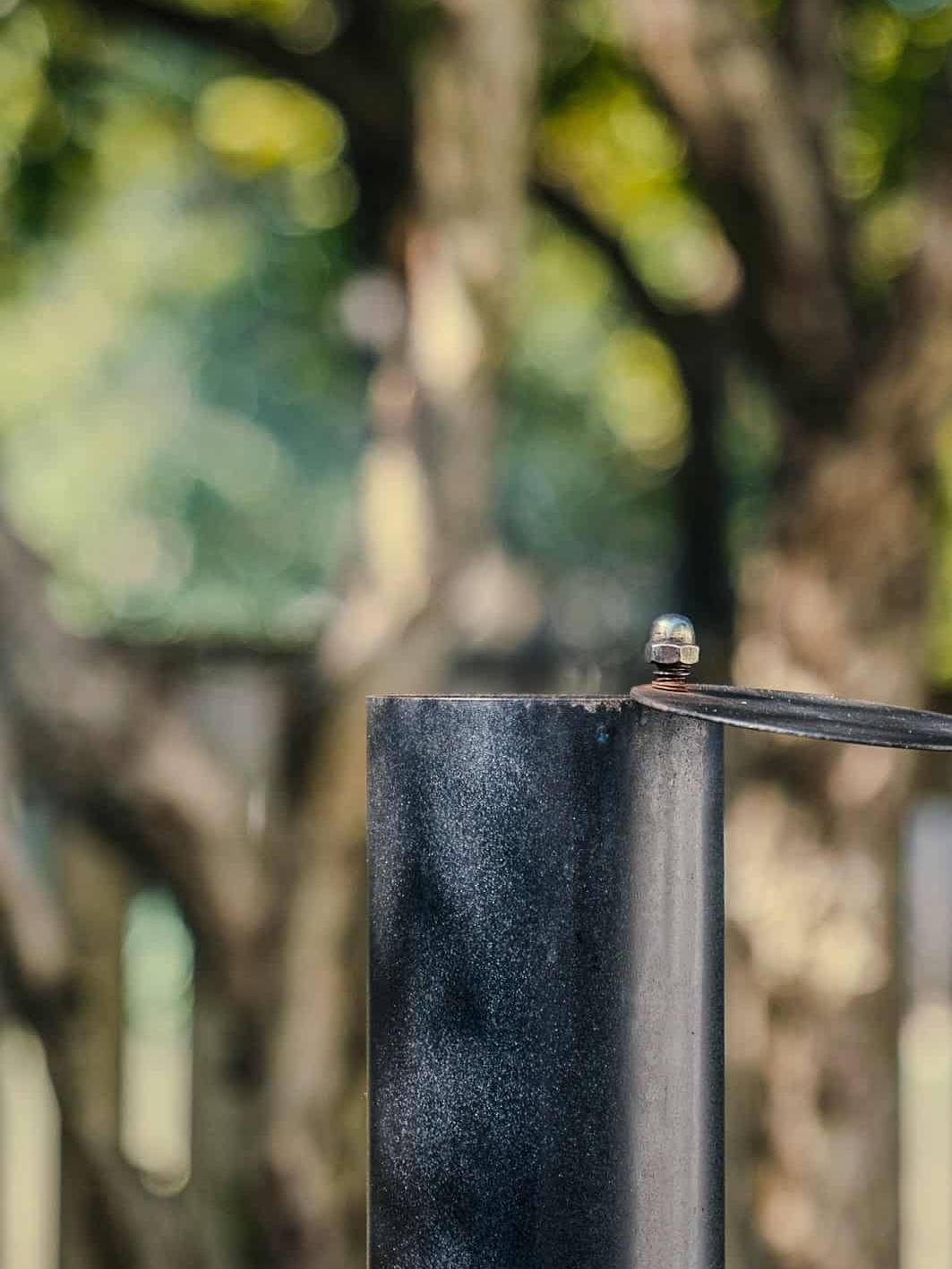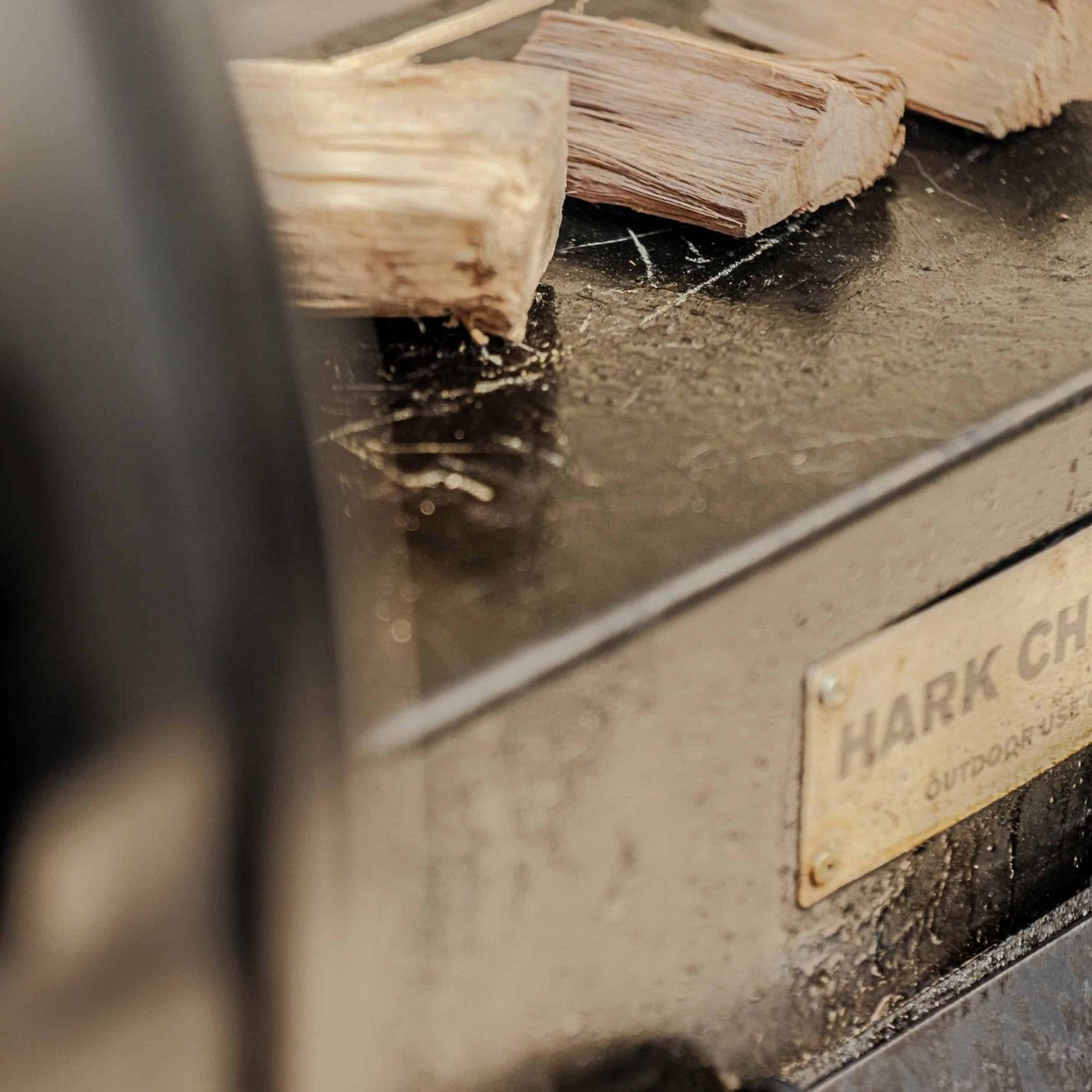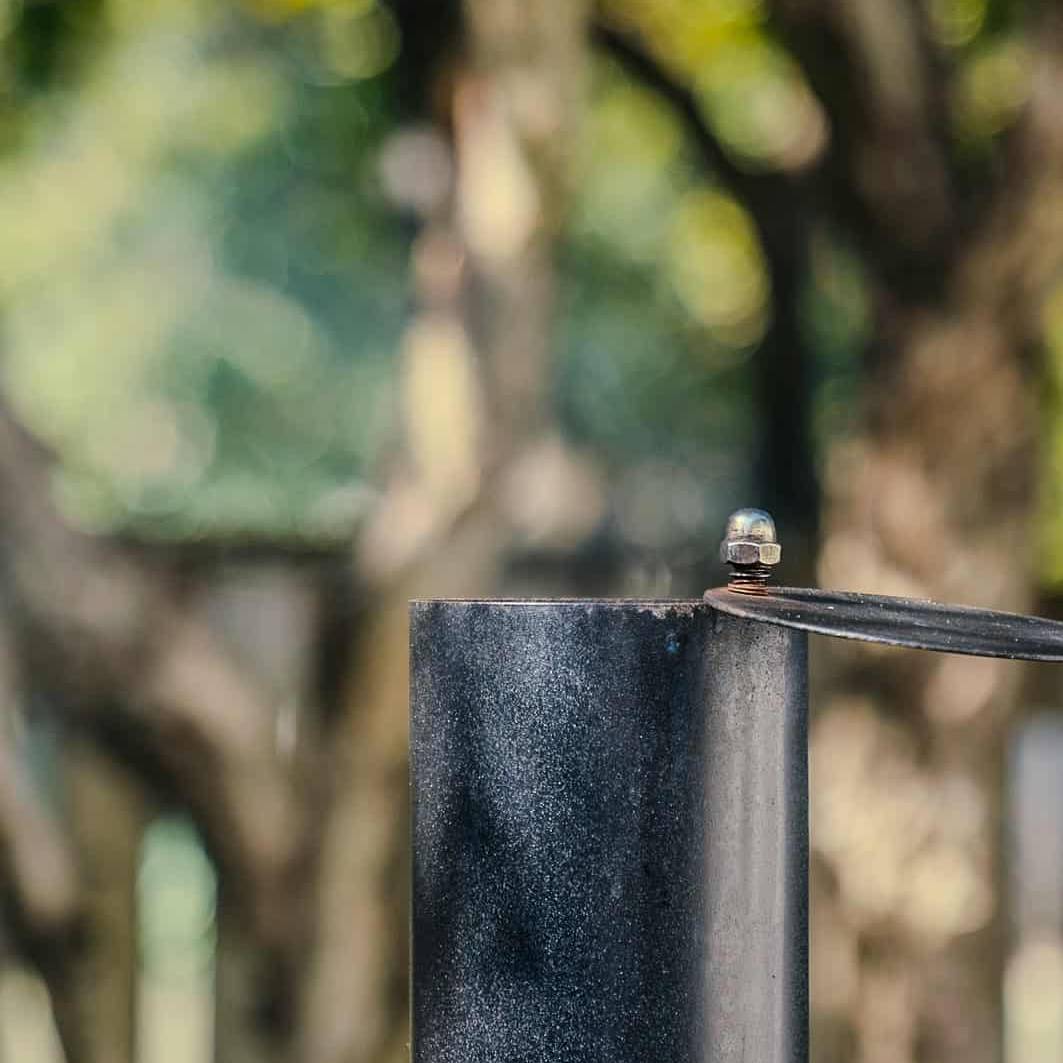
Perfecting Blue Smoke on a Smoker
Clear blue smoke is the gold standard for smoking enthusiasts, as it imparts a delicate, nuanced flavour to the meat.
The Importance of Cooking with Clear Blue Smoke
Perfecting smoke flavour in your BBQ is all about mastering the art of smoke. Clear blue smoke is the gold standard for smoking enthusiasts, as it imparts a delicate, nuanced flavour to the meat. This type of smoke indicates that your fire is burning cleanly and efficiently, providing the best environment for low and slow cooking. When you see clear blue smoke, you know you’re on the right track to creating tender, flavourful barbecue. The clear smoke allows the natural flavours of the meat and the subtle complexities of your rubs and marinades to shine through. It’s the difference between BBQ that’s simply good and BBQ that’s memorable. Consistently achieving this type of smoke takes practice and attention to detail, but the results are well worth the effort.
The difference between Clear Blue Smoke and Dirty Smoke
Clear blue smoke is thin and almost transparent, producing a subtle, pleasant aroma. In contrast, dirty smoke is thick and white or grey, often carrying a harsh, acrid smell. The difference lies in the combustion process. Clear blue smoke is a sign of complete combustion, where the wood is burning at an optimal temperature, while dirty smoke indicates incomplete combustion, often due to a fire that’s too cool or smouldering. This smouldering fire can result from using green or wet wood, insufficient airflow, or adding too much wood at once. Clear blue smoke not only enhances the flavour but also ensures a cleaner burn, which is better for both your smoker and the environment. Understanding this difference is crucial for any BBQ enthusiast aiming to perfect their smoking technique.
The Negatives about Dirty Smoke and its effects on food
Dirty smoke can be detrimental to your BBQ. It carries soot and creosote, which can deposit on your food, resulting in an unpleasant bitter taste and a sooty texture. Prolonged exposure to dirty smoke can even render your meat inedible. Moreover, it masks the natural flavours of the meat and the subtle nuances that a clean burn can bring out. Ensuring you cook with clear blue smoke is crucial to avoid these pitfalls and achieve a superior end product. Dirty smoke can also make your smoker more difficult to clean, as the buildup of creosote and soot can accumulate on the internal surfaces. Over time, this can affect the smoker’s performance and longevity. To avoid these issues, it’s essential to monitor your fire closely and make adjustments as needed to maintain a clean burn.
How to achieve Clear Blue Smoke
To achieve clear blue smoke, start by using quality, seasoned hardwoods. In Australia, native hardwoods like ironbark and hickory are excellent choices, as are fruitwoods such as apple and cherry. Begin by building a small, hot fire using kindling and gradually add larger pieces of wood. Ensure there is plenty of airflow to promote complete combustion. Keeping the fire small but hot helps maintain that clean burn needed for clear blue smoke. It’s also helpful to preheat your larger wood chunks before adding them to the fire, as this can reduce the time they take to catch and start burning cleanly. Additionally, avoid using softwoods or treated wood, as they can produce dirty smoke and introduce unwanted chemicals into your BBQ. By carefully selecting your wood and managing your fire, you can consistently produce clear blue smoke and achieve the best possible results.
Thick White Dirty Smoke
Dirty smoke can be detrimental to your BBQ, resulting in an unpleasant bitter taste and a sooty texture.
Use this time to prep your food.
Preheat wood chunks by placing them on top of the firebox.
Preheated wood catches fire more quickly and burns more cleanly.

You'll know your smoker is ready when the smoke is thin, clear, and has a faint blue hue, with a subtle, clean wood aroma, free of any harsh or bitter smells.

Achieving clear blue smoke and maintaining consistent temperature on an offset smoker requires careful preparation and attention to detail. Here’s a comprehensive step-by-step guide to help you get started and ensure a successful smoking session.
1. Start with Quality Fuel
Wood Selection: Use seasoned Australian hardwoods like ironbark and hickory, or fruitwoods such as apple and cherry. These woods burn cleanly and impart excellent flavour to the meat.
Lump Charcoal Option: Consider using lump charcoal as your charcoal bed base. Lump charcoal burns hotter and cleaner than briquettes, providing a solid foundation for your fire.
2. Build a Charcoal Bed
Charcoal Setup: Place a layer of lump charcoal in the firebox. Arrange it in a mound or pyramid shape to promote good airflow.
Light the Charcoal: Use a chimney starter to light the lump charcoal. Fill the chimney starter with charcoal, place a couple of firelighters or crumpled newspaper underneath, and light it. Let the charcoal burn until it’s covered with a light layer of ash and glowing red.
3. Add Kindling
Kindling Placement: Once the charcoal bed is ready, carefully pour the hot charcoal into the firebox, spreading it evenly. Add small kindling sticks in a criss-cross pattern on top of the hot charcoal.
Kindling Lighting: Allow the kindling to catch fire. The hot charcoal will help the kindling ignite quickly and produce initial heat.
4. Add Larger Wood
Gradual Addition: Once the kindling is burning well, start adding larger pieces of wood. Add one or two pieces at a time to avoid smothering the fire. Place the wood on top of the burning kindling, ensuring good contact with the flames.
Wood Preheating: Preheat larger wood chunks by placing them near the firebox opening or on top of the firebox. Preheated wood catches fire more quickly and burns more cleanly.
5. Manage Airflow
Intake Vents: Open the intake vents fully to allow maximum airflow into the firebox. This promotes complete combustion and helps achieve clear blue smoke.
Exhaust Vents: Open the exhaust vents fully to ensure smoke flows freely out of the cooking chamber. Proper ventilation prevents stale smoke from lingering and affecting the flavour of the meat.
Adjustments: As the fire stabilises, adjust the intake and exhaust vents to maintain your desired cooking temperature, typically between 107°C/225°F to 135°C/275°F. Slight adjustments to the vents will help regulate airflow and temperature.
6. Monitor Temperature
Thermometer Use: Use a reliable digital thermometer to monitor the internal temperature of the smoker. Place the probe at grate level near the meat to get an accurate reading.
Consistent Checking: Regularly check the temperature and make adjustments to the vents as needed. Add small amounts of wood periodically to maintain a steady temperature.
7. Maintain the Fire
Fire Inspection: Check the fire regularly to ensure it’s burning cleanly. A well-maintained fire should produce clear blue smoke. If you notice thick white or grey smoke, adjust the airflow and add more dry wood to increase combustion efficiency.
Wood Addition: Add small amounts of preheated wood as needed to maintain the fire. Avoid adding too much at once, as this can smother the fire and produce dirty smoke.
Airflow Adjustment: Use a small, handheld blower to stoke the fire if necessary. This can help increase airflow and promote complete combustion, ensuring clear blue smoke.
8. Avoid common Mistakes
Have you mastered the art of clear blue smoke, or are you still battling with dirty smoke? Share your experiences and tips in the comments below. And if you’re in the market for a reliable offset smoker, I highly recommend checking out the Hark BBQ Chubby Offset Smoker. It might just be the upgrade you need to take your BBQ to the next level.
Wet Wood: Never use green or wet wood, as it produces excessive smoke and can lead to dirty smoke.
Overloading Firebox: Avoid overloading the firebox with wood, which can smother the fire and reduce combustion efficiency.
Ignoring Airflow: Ensure there is always adequate airflow through the intake and exhaust vents to maintain a clean burn.
Did you make this recipe?
Let me know how it turned out for you! Leave a comment below or tag @aldergrills on Instagram.



